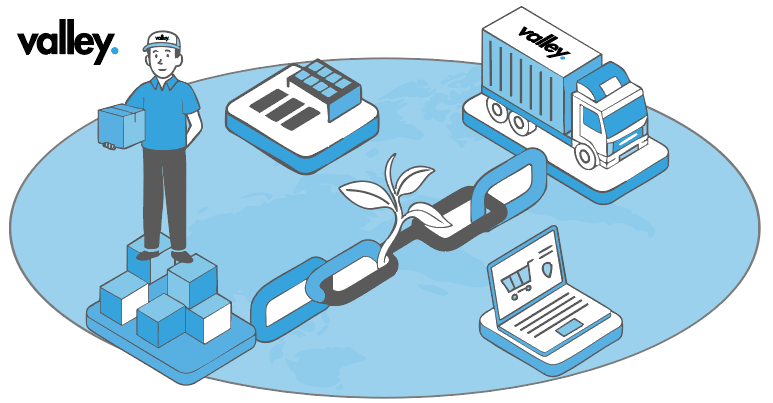Resilient Supply Chains: Turning Disruption into Opportunity

Disruption in logistics is no longer rare, it is part of the job. Weather events, strikes, port congestion, or global slowdowns can stop freight in its tracks. The fleets that come out ahead are those that plan, adapt, and keep moving when others cannot.
Resilience is not luck, it is the ability to stay steady under pressure.
Quick Answer
Resilient supply chains in trucking are built on preparation and flexibility. Companies that map their risks, plan alternate routes, and maintain strong supplier relationships recover faster from disruptions and gain new opportunities while competitors struggle.
Planning for the Unexpected: A Canadian Example
A Canadian carrier faced a severe regional flood that halted several major routes. While competitors dealt with missed deliveries and broken contracts, this fleet kept running.
How? They had already built resilience into their operations with backup routes, secondary suppliers, and crisis communication procedures. Not only did they stay on schedule, but they also gained new clients who needed reliable delivery partners in a chaotic period.
The lesson is clear: resilience is a choice made before the crisis, not during it.
As Transport Topics reports, carriers that prioritize resilience planning outperform peers in delivery reliability and customer retention after major disruptions.
How to Build a Resilient Operation
Building resilience means putting systems and people in place before disruption strikes. These strategies make all the difference when the pressure rises.
Map Your Risks
List your top routes, suppliers, and facilities. Rank which disruptions, whether weather, labor, or geopolitical, would have the biggest impact on your operations.
Dual-Source Critical Supplies
Secure a secondary supplier or carrier for critical lanes or materials. Paying a little more for redundancy is cheaper than a total shutdown.
Plan Alternate Routes
Approve backup detours, cross-dock options, or intermodal shifts in advance. That preparation saves valuable hours when regular routes close.
Maintain Smart Inventory Buffers
Build extra stock only for products that are essential to customers. Focus on keeping key materials moving.
Run Crisis Drills
Hold tabletop exercises for port closures, weather delays, or communication failures. These tests uncover weak points before they cost you business.
Tighten Data Visibility
Use transportation systems or exception alerts that identify issues early. The Federal Emergency Management Agency (FEMA) emphasizes the value of clear reporting structures and early-warning signals in preventing bottlenecks during emergencies.
Pre-Agree on Emergency Terms
Work out surge pricing, rerouting fees, and service priorities with partners before disruption hits. This avoids arguments and downtime when every minute matters.
Resilience as Risk Management
Resilience is not just about staying operational, it is about protecting your bottom line. Fleets that plan for disruption lower financial risk and earn trust from both clients and insurers.
As Reuters reports, carriers that document proactive risk management recover faster, retain more clients, and secure favorable insurance terms after major global events.
Preparation is protection. Fleets that plan early can respond calmly and keep their reputation intact.
Turning Preparation Into Advantage
A resilient supply chain does more than survive, it wins. Fleets that stay reliable during crises attract new customers, protect long-term contracts, and strengthen their standing in the market.
Reliability becomes reputation. In every disruption, clients remember who kept their business moving.
FAQs
What makes a supply chain resilient?
- Strong planning, multiple supplier options, and clear crisis communication make a supply chain adaptable under stress.
How can small fleets build resilience affordably?
- Start with risk mapping, clear contacts for emergencies, and agreements with backup partners.
Do insurers reward resilient fleets?
- Yes. Fleets that can show crisis management plans and consistent performance often earn better renewal terms.
What technologies help build resilience?
- Real-time tracking, predictive analytics, and cloud-based logistics tools improve visibility and speed during disruption.
How often should fleets update their plans?
- At least once a year or whenever routes, partners, or risk conditions change.
Final Thoughts
Every fleet faces disruption, it is part of logistics today. The ones that thrive are those that plan, test, and adapt before the crisis hits.
Building resilient supply chains in trucking is more than risk management; it is a growth strategy. Fleets that stay steady in difficult times build trust that lasts far beyond the storm.
